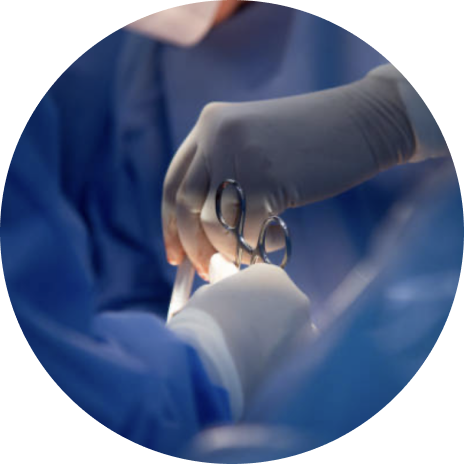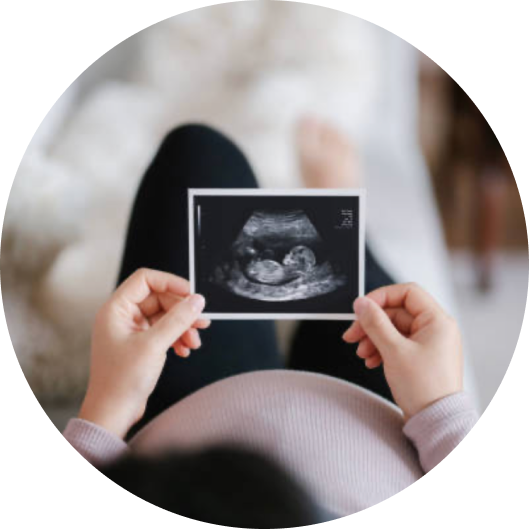You may be considered for surgery to treat endometriosis if you

Your surgeon will consider conservative surgery when you wish to get pregnant in the future. Laparoscopy is usually the first approach considered for conservative surgery. Laparotomy is suggested only if the endometriosis is extensive, severe and the anatomy is distorted as some of the organs get stuck together.
Radical surgery on the other hand is performed in severe cases, when you do not wish to have any children.
How do I prepare for surgery?
Before endometriosis surgery, you will be advised not to eat or drink anything for six hours prior to your procedure. You may be given a solution to drink to clear your bowels.
Surgery can be performed by the following methods:
Bowel resection is performed if the bowel has also developed endometriotic adhesions. Your surgeon may perform one of three depending on your condition:
Depending on the recurrence of endometriosis, you may require repeat surgeries.
While hormonal therapy can help easily relieve pain, many may not help you become pregnant and may be associated with side effects such as acne, cramps, hot flushes, mood swings and weight gain.
When considering surgery for the treatment of endometriosis, the minimally invasive laparoscopic procedure is associated with certain procedure-related advantages such as:
However, it may not be useful to treat all forms of endometriosis and it has a recurrence rate of 30%.
Laparotomy may be able to treat more extensive endometriosis and related complications but is associated with risks and complications of an open surgery and disadvantages such as:
Hysterectomy helps achieve a 90% cure long-term, without the need for medications, but the biggest disadvantage is the inability to achieve pregnancy. You may also need hormone replacement therapy if your ovaries are also removed.

As with most treatments, the various treatments for endometriosis can be associated with certain side effects and complications such as:
Endometriosis medication can cause side effects such as bleeding, bloating, nausea, skin changes, elevation in BP, weight gain and depression.
Surgery can be associated with complications such as damage to nearby organs or large blood vessels, infection, bleeding or blood clots.
Endometriosis treatment cannot completely cure endometriosis, but long-term prognosis of endometriosis treatment should consider three important parameters:
Endometriosis can recur, necessitating repeat surgery or management with hormone therapy. However, most patients can experience a good quality of life and conceive with treatment. In some cases, you may have to consider IVF to help you get pregnant.
Any costs involved will be discussed with you prior to your surgery.
While surgery is effective in alleviating pain, endometriosis can recur 40% of the time after conservative surgery. Thus, ongoing medical treatment is recommended. The chance of recurrence is more in severe cases.
Since the exact cause of endometriosis is not certain, it is not clear how the condition can be prevented.
Regular exercise, relaxation, rest, meditation, hot water bottle, warm baths and eating healthy to prevent constipation can help relieve pelvic cramping and pain.
Extensive research is being done to find better treatment options for endometriosis. Some of the recent studies are listed below:
Aznaurova YB, Zhumataev MB, Roberts TK, Aliper AM, Zhavoronkov AA. Molecular aspects of development and regulation of endometriosis. Reprod Biol Endocrinol. 2014; 12: 50.
Morotti M, Vincent K, Brawn J, Zondervan KT, Becker CM. Peripheral changes in endometriosis-associated pain. Hum Reprod Update. 2014 Sep-Oct; 20(5): 717736.
Hughes CL, Foster WG, Agarwal SK. The Impact of Endometriosis across the Lifespan of Women: Foreseeable Research and Therapeutic Prospects. Biomed Res Int. 2015; 2015: 158490.
